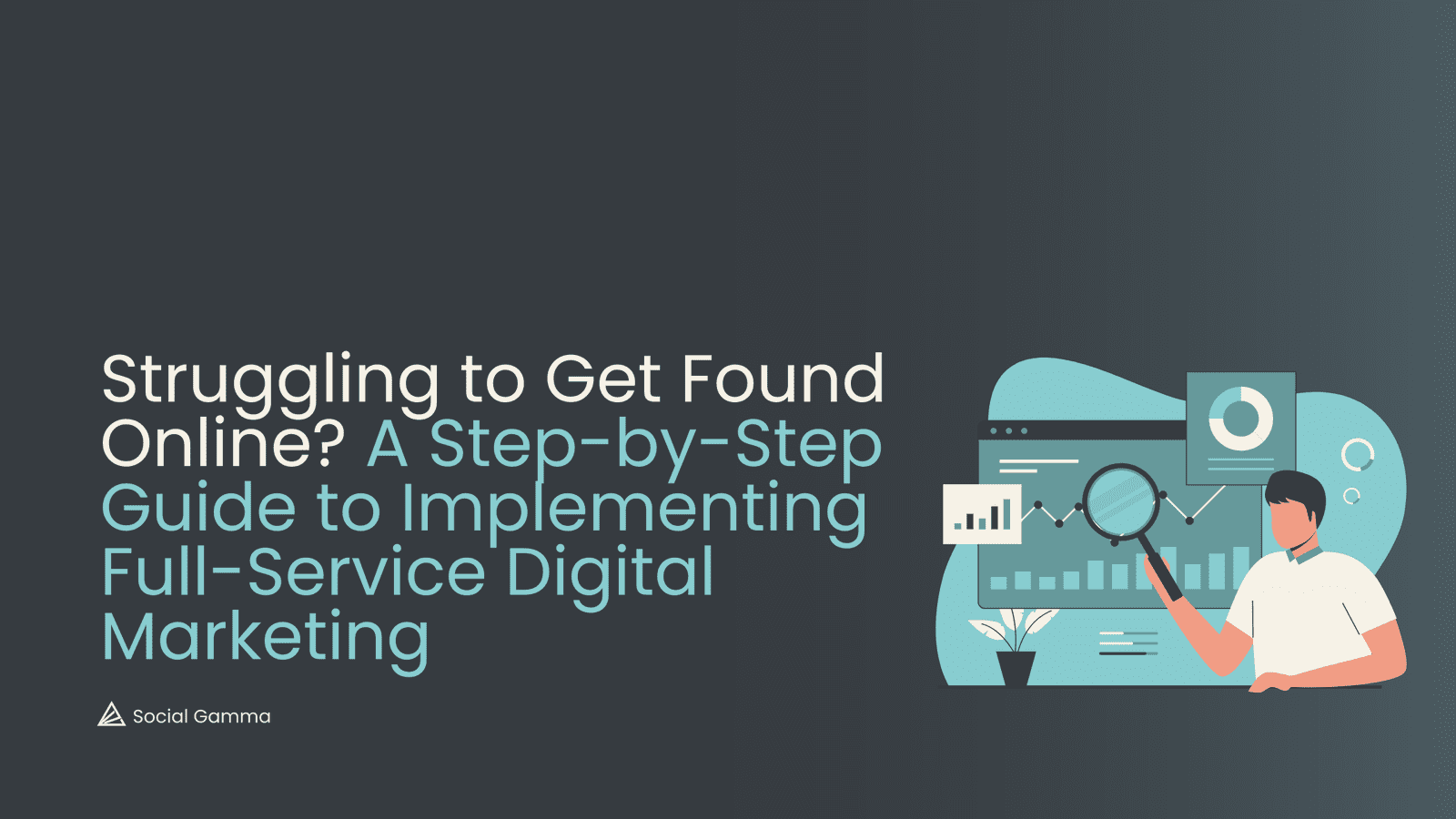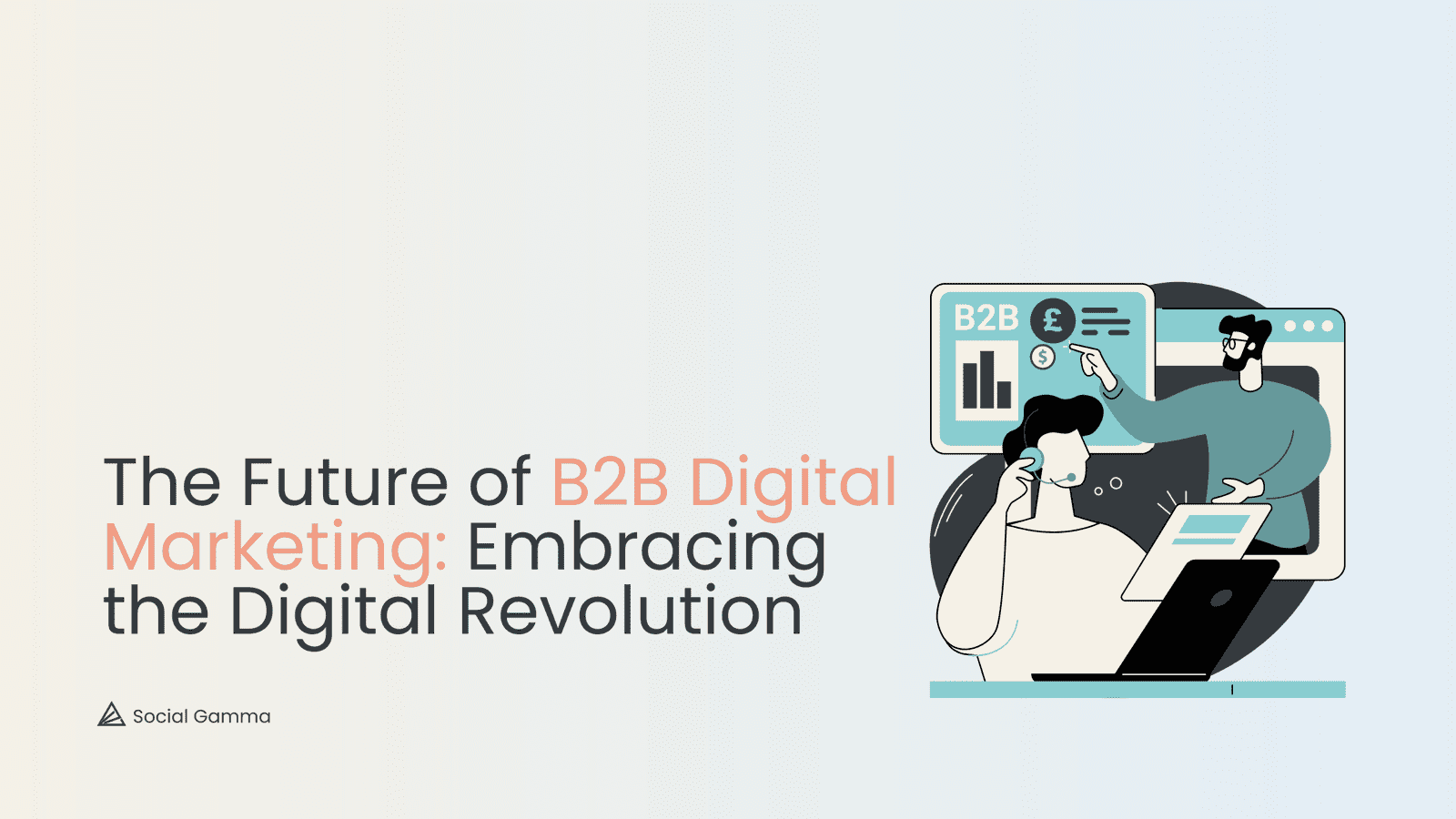An accepted barometer of a strong brand is “what would it look like if it were a person?”. While this is a fun activity to think about, there is a current of truth running through the novelty of picturing Burger King sitting across from you. Anyway, how would you imagine Burger King, Coca-Cola or Nike? These are three brands with infectious personalities that easily transfer into humanistic qualities; but what does every person need to express themselves? A voice.
A voice helps to separate closely related product offerings and distinguish competitors from each other. For example, take the rivalry between Starbucks and Dunkin, whose cash cow coffee products are fundamentally the same, although the voices are disparate. Starbucks uses a lexicon that is expressive, joyful and passionate about telling their coffee story. Whereas, Dunkin’ uses language that is confident and energetic; as illustrated by the slogan, “America runs on Dunkin.” While both are companies competing ferociously for the American consumer’s coffee fix, they have managed to appeal to different types of people. While this is in part to both coffee chains’ visual branding and in-store experience, their distinct personality comes to life in their choice of words. Therefore, a voice is critical to carve a unique place in the market and a powerful voice is arguably the sharpest knife at your disposal.
Now you’re familiar with the need to find a voice, what does an excellent one look like? One way to describe a voice is the personality and emotion that is infused into a company’s communication. It is a medium for a brand to express its identity and values and should position it as an individualistic entity. It’s the choice of words, adjectives, sentence structures and overall language utilised. A voice can be conveyed in a variety of ways, such as product descriptions, website copy, emails, social media content, advertisements, and packaging. A brands voice can be heard in every interaction a consumer has with it, whether that be in conversation with employees, or right down to the small-print on the back of a product. To truly emphasise a voice and ingrain it into consumer perception, no stone should be left unturned and each avenue to assert should remain homogenous.
A brand’s voice is not to be confused with a brand’s tone (yes, there is a difference) as the two are being used interchangeably. We’ve established that a voice describes a company’s personality and is consistent and unchanging, however, tone can be adapted. A tone is an emotional inflexion applied to your voice, adjusting to what is suitable for a specific situation. In other words, the tone is a branch of a voice, and although the voice should be adhered to someone’s the context of a message must be flexible. Picture this, a brand may have a humourous, quirky voice – playful even – in its copy and content. However, when a consumer’s online payment has failed, maintaining this playful energy will be to your detriment. Thus, a revised tone must be applied to ensure appropriateness.
A well-developed and holistic voice carries a functional edge for a company and can constitute success and durability. A voice can evoke emotions in consumers and represent a social identity that is synonymous with the target audience. As consumers tend to attach themselves to brands with personalities similar to their own or the one they desire, expressing this personality explicitly can imbue strong relationships. Moreover, a voice can harness loyalty and connections that won’t just make a customer repurchase once or twice but have a stranglehold over their spending habits for years to come.
Now you’ve graduated from the social gamma school of brand voice thanks to our quick crash course, how can you discover yours? Firstly, you need to take an introspective look into your company, as a voice should represent your mission and purpose. What is it that you want to do? How do you aim to do things differently than your competitors? If, for example, your competitive edge in providing an uncompromised standard of customer service or care, then perhaps a warm, helpful voice would be best suited. You need to identify what your values are and build around that, as a voice can only be a mouthpiece of your identity.
Next, think about your audience. Who are they? What are they like? How do they speak? Your voice should also represent your customers and facilitate that all-important connection that we discussed earlier. There may be some commonalities in your community base, that when leveraged and expressed in a unique voice, can attract new customers and keep your company in the long-term wallet of the existing clientele. Furthermore, what media do you use to market your company and establish an online presence? This plays a key role in your tone of voice, as one social media platform will require bespoke language for its audience and the tone of the content. If your company is a heavy user of LinkedIn, a voice ready for Instagram might not be the optimal decision.
It can also be difficult to properly articulate your voice yourself and really understand what language you wish to use. If this is you, then the help of a professional can go a long way. Whether it be a marketing agency or a professional copywriter, reaching out to someone who can develop a unique voice for you can save a lot of time and energy. If you were to pursue this route, then a full understanding of your company’s values, mission audience and competitive edge are all strong guidelines for an expert to conjure up something expiring and make your voice heard.

